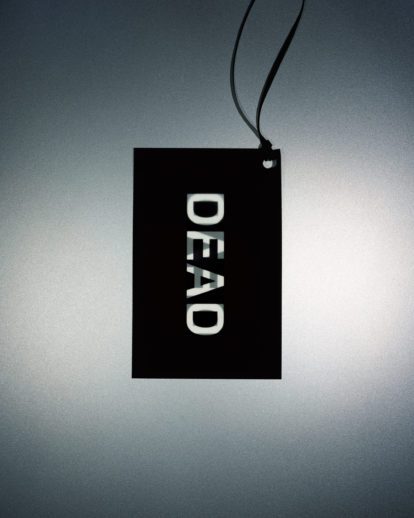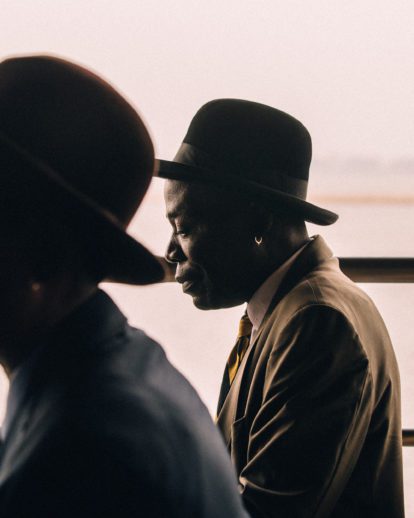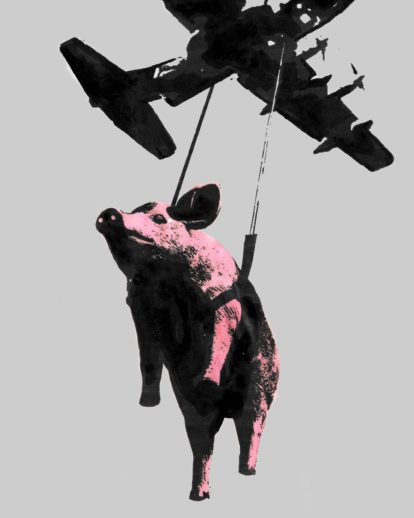Everyone in the Lake District knows Joss Naylor. The 80-year-old shepherd and fell runner has become a living part of the folklore of this idyllic, untouched corner of north-west England. When I mention his name to fellow passengers on the train or in the rustic village pubs, most have met him, at the very least know who he is, and all murmur approvingly when I say I’m there to meet him.
But when I find his house, nestled in the shadow of Seatallan, a treeless mountain that swells benignly from fields of bleating sheep, there’s no one home.
I have little choice but to go a mile down a gently undulating road, lined by well-kept drystone walls, to the nearest farm where, over the barking of perturbed sheepdogs, straining at their chains, I ask where I might find him. “Oh, if our Joss isn’t in, he’ll be out on the fells,” I’m told. I’m left to scan the crag for a tall wiry pensioner nimbly jumping over the rocks and scree.
Even if on my first attempt I don’t meet Naylor, in Wasdale – a quiet, almost inaccessible hamlet scattered in the foreboding gloom around Wastwater, the deepest lake in England – I get a sense of his indelible presence. Indeed, it is here, in the shadow of Scafell Pike, that Naylor’s father taught him the ways of a sheepherder and where, at the age of 27, he would buy his own farm. But it is for his prowess on the fells, high above his grazing flock, that Naylor is known today.
With races held over the ancient footpaths and coffin roads that wind across the hill tops, fell running has existed in the north of England for at least 150 years. It is a demanding and technical endurance sport, and Naylor – known locally as ‘Iron Joss’ for his ability to run through debilitating injury and some of the worst storms in living memory – is indisputably one of the greats.
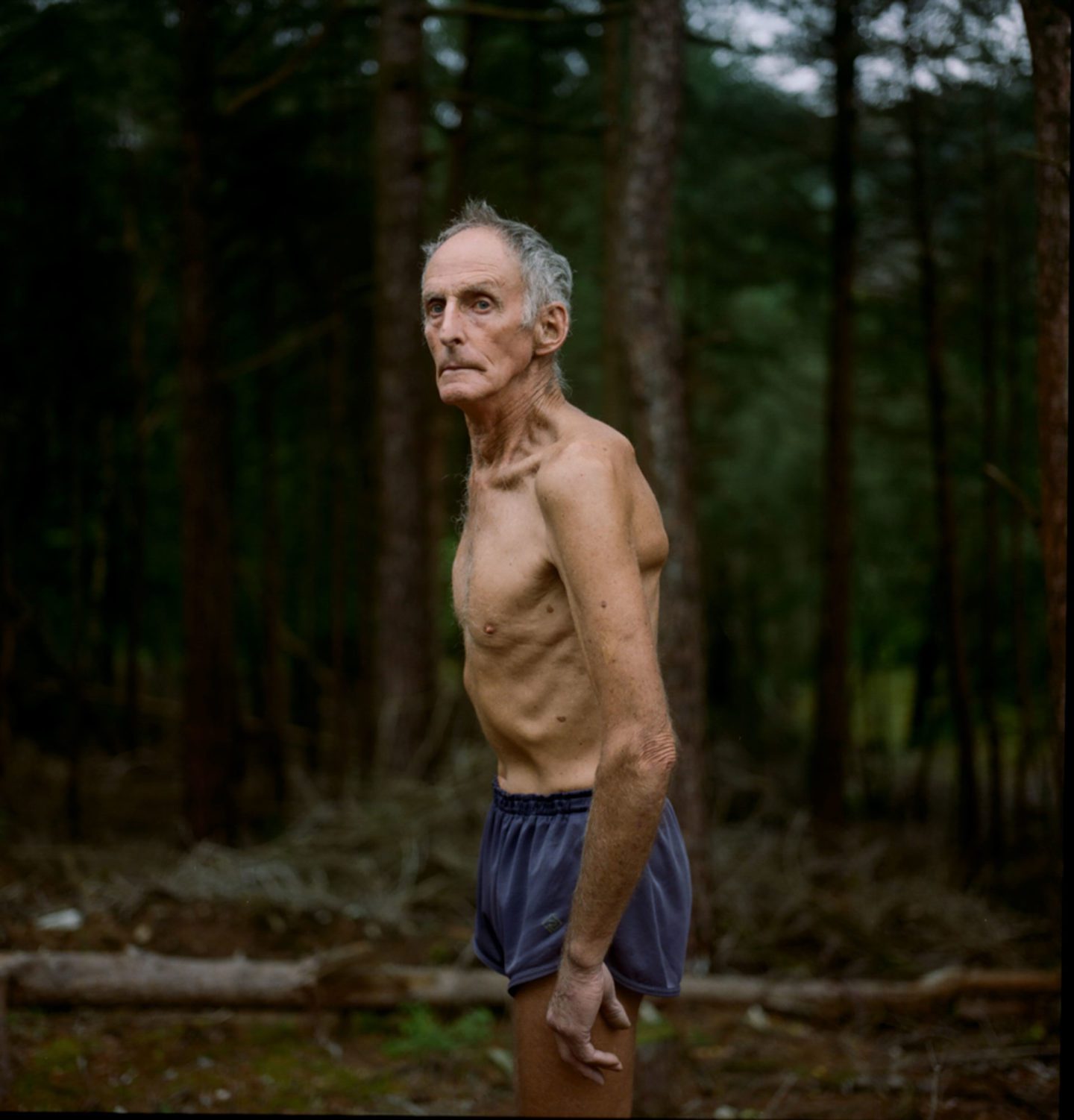
Joss Naylor
When we do speak, Naylor apologises. As it transpires, I had just missed him – he had been in the next field over, cleaning sheep. I tell him not to worry and that my trip was not wasted as I’d been able to cycle on the empty and challenging roads of the Lakes. Naylor is taken aback.
“Oh I wouldn’t cycle here,” he tells me in a broad Cumbrian accent, his voice as quick and light as he is across the fells. “The roads can be very bad. I’ve had a lot of crashes – I’ve come off at least nine times, but then these things happen, don’t they. I’ve just been a bit unfortunate.”
“A bit unfortunate” is Naylor’s typically stoic attitude to what writer and fell running expert, Richard Askwith, describes as being “accident prone to an almost laughable degree”. However, the myth of Joss was founded not just on his unsurpassed successes on the fells, but also the mental fortitude he needed to run in the first place.
“As long as I can I’ll carry on going out on the fells. It’s been my life.”
Joss Naylor
“When I was younger I had a lot of problems with my back,” he tells me, “and eventually, when I was about 20, I was operated on. But about six or seven months later I jumped this wire fence and landed on a bit of slate that stuck out of the ground, right at the bottom of my back where I’d had my operation.” Naylor was in a straightjacket for six weeks and doctors advised against ever going back to work, let alone running.
He didn’t listen and, in 1960, at the age of 24, Naylor was invited to enter the Mountain Trial, a gruelling 18-mile fell race that includes nearly one-and-a-half miles of climbing. Though he had to contend with the disapproval of his parents (“In them days if you went for a run you were called a silly bugger”), and the fact he didn’t own any shorts or running shoes, Naylor accepted.
“I wore my big work boots, cut the legs off my trousers and off I went,” he remembers. “By the third checkpoint I was well in the lead, but as I came over the top of the next hill, I got cramp in both legs because of the operations and my circulation not being quite right. But I still finished the race.”
The next year Naylor ran it again, winning by half an hour. Though he was disqualified because he missed a checkpoint, it was, as he says, his “baptism into fell running”. Apart from the years when it was cancelled for bad weather, and the Foot-and-mouth outbreak of 2001, Naylor has run every Mountain Trial since. This year was his 53rd.
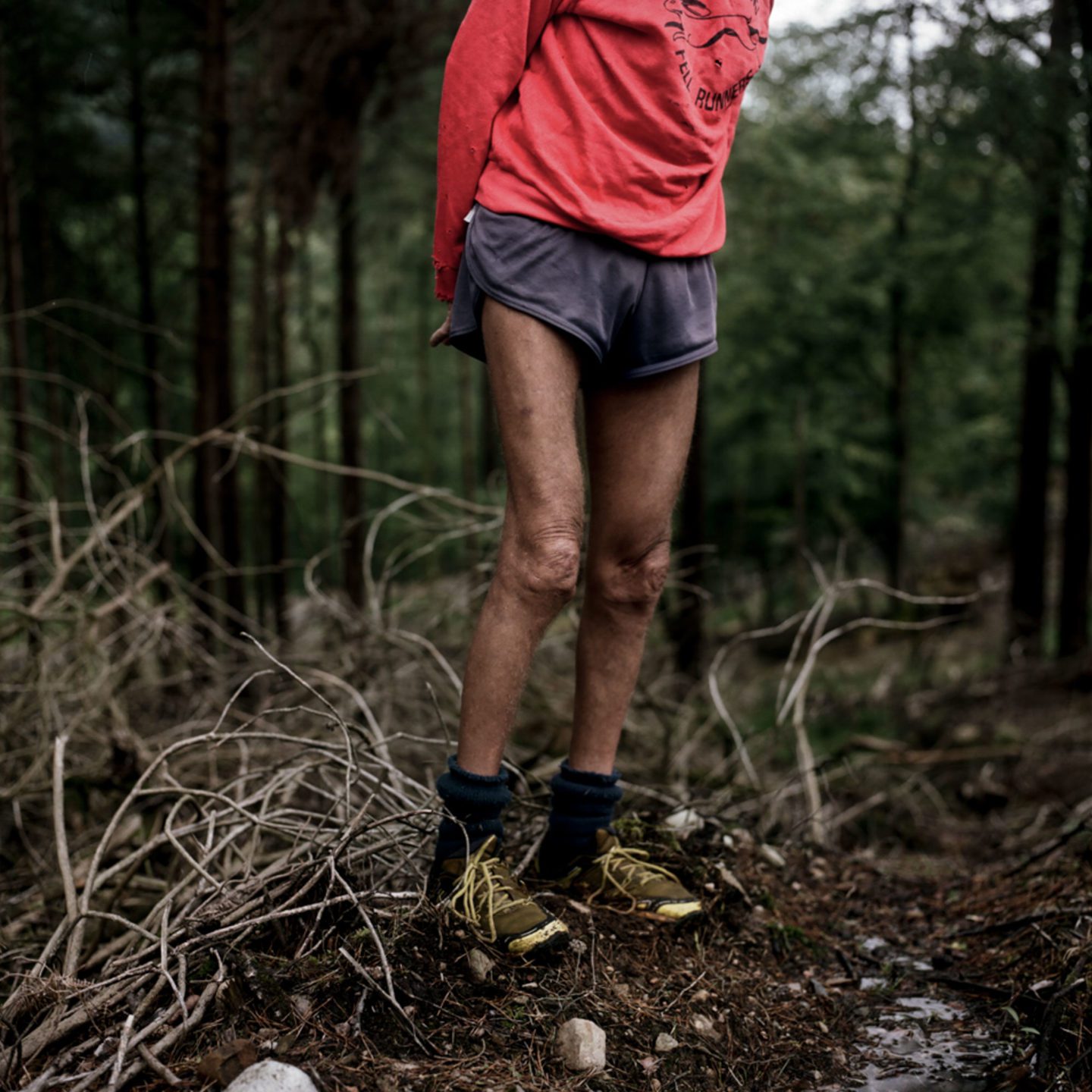
Doctors botched an operation to remove the cartilage in Naylor’s right knee when he was 18 and he is unable to straighten his leg, lending his running a peculiar, idiosyncratic style.
Naylor never took up running professionally but rather continued to tend his sheep, fitting what little training he could around his commitments on the farm. Yet he would go on to set an incredible series of records. From 1971 to 1975, he held the Lake District 24-hour fell record, scaling 72 peaks in 23 hours and 11 minutes – which stood until 1988. Another, set in 1986 when he was 50, saw Naylor complete a series of 214 summits, known as the Wainwright Round, in seven days, one hour and 45 minutes. It stood until 2014.
Naylor’s greatest record, however, is also the one that remains unbroken. The National Three Peaks Challenge is a race to the highest mountains of England, Scotland and Wales – Scafell Pike, Ben Nevis and Snowden – within 24 hours, including driving time. In 1971, Naylor did it in under 12 hours. Together with lorry driver Frank Davies, who drove him between the peaks in a rally-specification Ford Capri, Naylor set a record in driving rain that will probably never be beaten. “It was just one of those magic things,” he tells me.
Naylor has never stopped running, and in 2006, aged 70, he climbed 70 Lakeland fell tops, covering over 50 miles, in less than 21 hours. But for many in the Lake District, Naylor is a hero not for his records and indefatigable spirit, but for his work championing the Lakes and raising money for local causes – most recently running in memory of his father for the Brathay Trust, which supports disadvantaged young people in the area.
NUMBERS
28
Years for which Joss Naylor held the Wainwright Round record.
53
Number of Mountain Trials Naylor has run.
2929
Distance climbed to set thecrecord for the Three Peaks Challenge (metres).
I ask him how the Lakes have changed over his lifetime and Naylor becomes animated with a passion that belies his age: “Our valley was one of the nicest in the Lake District, probably in the country, but it started deteriorating in the 1950s. Since the National Trust became responsible for the Lakes, they’ve put in car parks and let the walls go down; the bracken is about twice the size and there are briars everywhere. It’s no longer the valley I grew up in.”
But Naylor has tried to do what he can. “The first thing I did when I got to Wasdale was repair all the walls, and it looks so much better. It looks cared for. It’s how the Lake District should be.”
In 1976, Naylor was awarded an MBE for services to fell running, but despite his success he was never tempted to leave the area. Instead, Naylor has become an integral part of Lakeland culture. The legacy of ‘Iron Joss’ is sure to live on long after he finally leaves the fells – not that he shows any signs of going just yet.
I ask Naylor if he will ever stop running. “Oh, I don’t think I ever will,” he replies. “I’ve been lucky enough to spend all my life in the Lakes, and I’ve always had a pair of little legs that can climb and run. As long as I can I’ll carry on going out on the fells. It’s been my life.”
